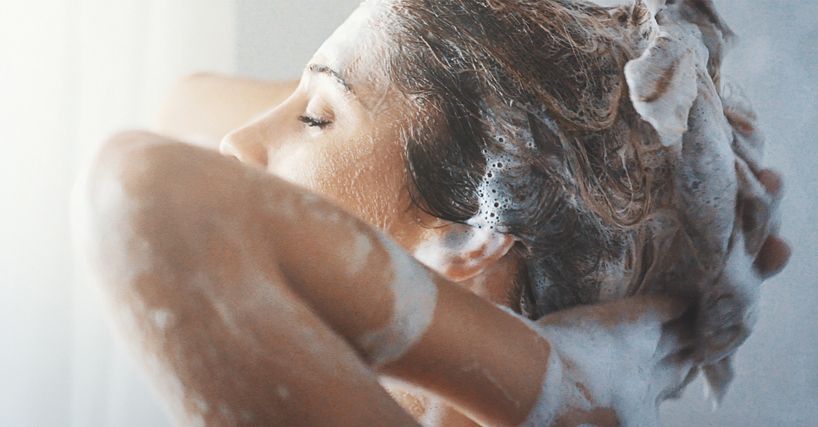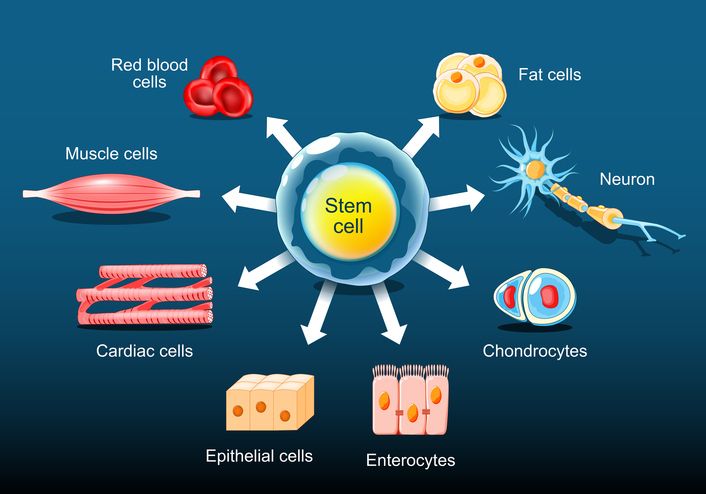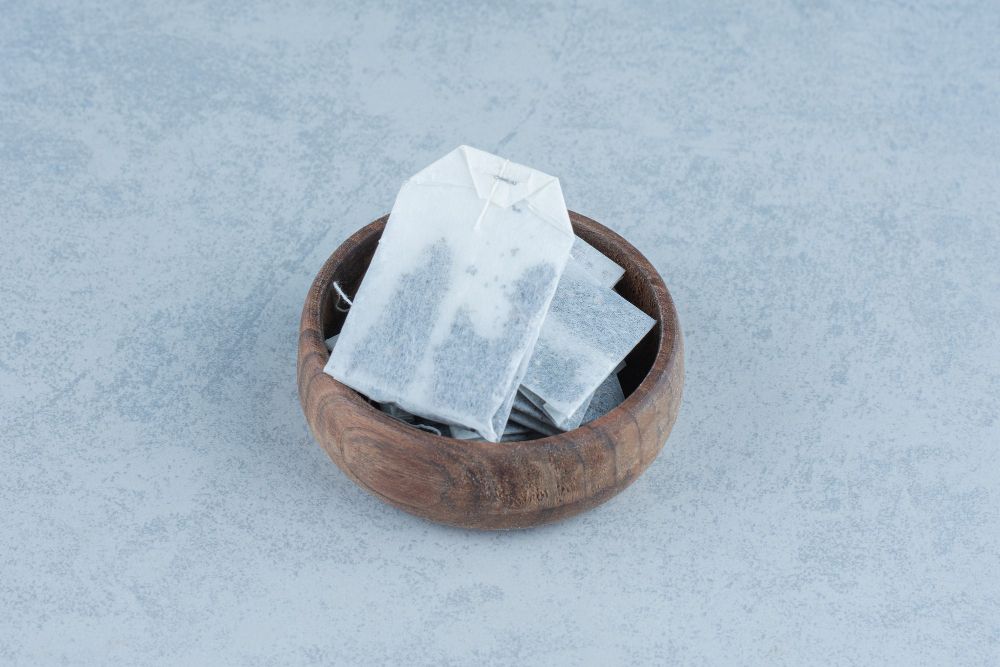

Book Now to Experience
Miracle Eye Rescue Treatment
1 Minute Self-Registration
Date should not be before minimal date
Author: Natalie Ng|9 April 2025
Dark circles under the eyes are a common frustration. No matter how much sleep you get, they can stick around—making you look tired, older, or even a little worn out. For many people, the real reason isn’t just lack of rest. It’s often due to a hollow under eye area, known as the tear trough, where lost volume creates shadows that are hard to ignore. That’s where tear trough fillers come in. This popular aesthetic treatment uses hyaluronic acid fillers to restore volume in the under eye region, helping reduce the tired and aged look caused by deep tear troughs. Of course, dark circles aren’t always caused by hollowing. Skin quality, visible blood vessels, or pigmentation can all play a role. So, is filler the right fix for you? Keep reading—we’ll break down what tear trough fillers can and can’t do.

1
Dark Circles and Tear Troughs: Are They Interrelated?
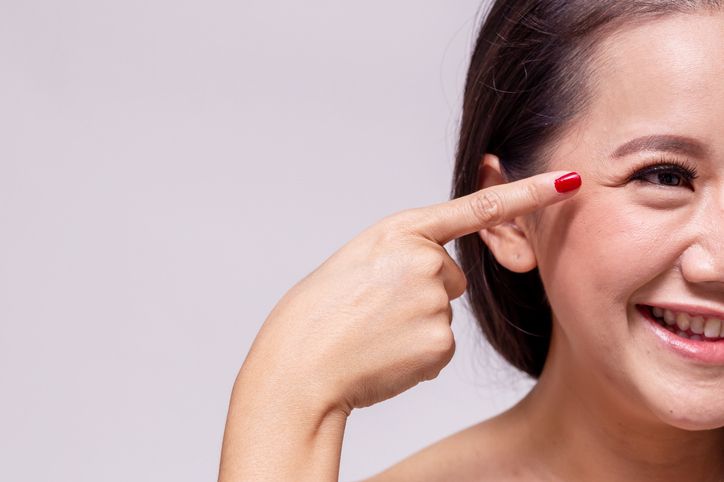
What Are Dark Circles?
What Is the Tear Trough?
How Are They Connected?


2
How Tear Trough Fillers Work
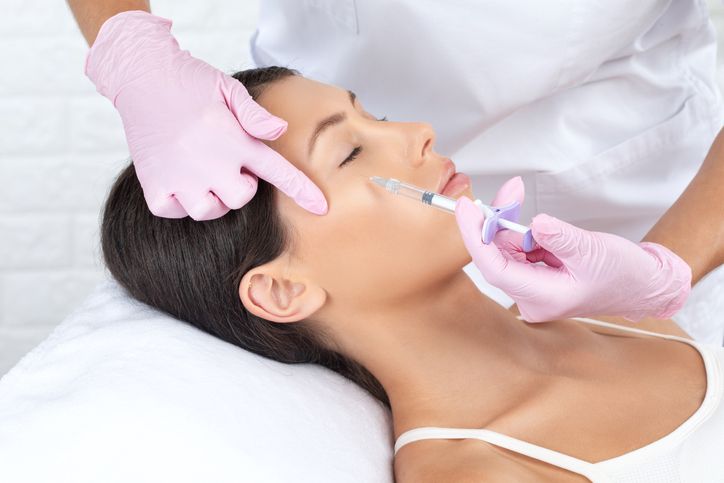
What Happens During the Tear Trough Filler Procedure
Tools and Techniques Used
Read More

3
Effects of Tear Trough Fillers

1. Volume Restoration
2. Reducing Shadowing
3. Improving Skin Texture


4
Ideal Candidates for Under-Eye Fillers

Who Should Consider Tear Trough Fillers?
Factors That Make a Good Candidate:

Book Now to Experience
Miracle Eye Rescue Treatment
1 Minute Self-Registration
Date should not be before minimal date

5
Benefits of Tear Trough Fillers
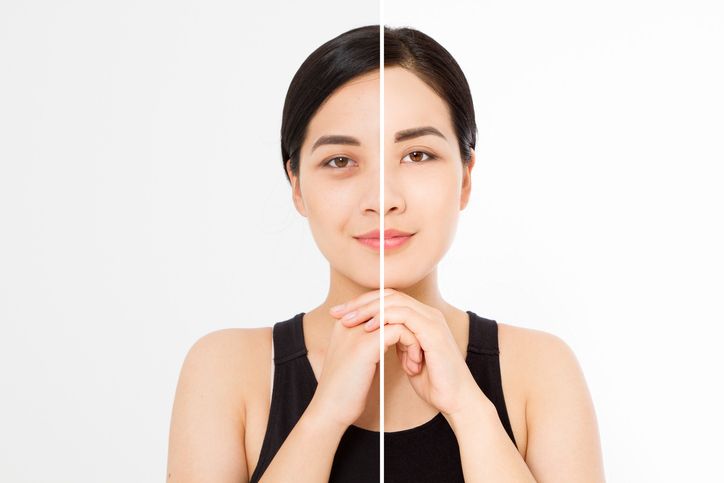
1. Immediate Reduction of Dark Circles and Hollowness
2. Natural-Looking Results
3. Quick Procedure with Minimal Downtime
4. Longer-Lasting Results Than Topical Products
5. Boosts Youthful Appearance and Skin Quality


6
Limitations of Tear Trough Fillers

1. Temporary Side Effects Are Common
2. Possible Complications if Not Done Correctly
3. Not Suitable for All Causes of Dark Circles or Eye Bags
4. Temporary Results

7
How To Remove Dark Circles In Other Ways?

1. Non-Injectable Treatments
2. Chemical Peels
3. Radiofrequency Microneedling for Collagen Stimulation
4. Platelet-Rich Plasma (PRP) Therapy


8
Introducing The R6 Miracle Eye Rescue Treatment

How Does the R6 Eye Treatment Work?
Benefits of R6 Eye Treatment
Who Is It Suitable For?

Book Now to Experience
Miracle Eye Rescue Treatment
1 Minute Self-Registration
Date should not be before minimal date

9
Natural Ways To Help You Prevent Dark Circles

1. Use Cold Tea Bags to Reduce Puffiness
2. Protect the Under Eye Area from UV Damage
3. Eat a Diet Rich in Vitamin K
4. Gentle Eye Massage with Oils
FAQ
Can I Get Tear Trough Fillers While Pregnant or Breastfeeding?
You shouldn't get tear trough fillers during pregnancy or while breastfeeding, as there's limited research on the safety of dermal fillers during these periods. Most medical professionals recommend avoiding cosmetic procedures, including fillers, until after you've finished breastfeeding. While tear trough fillers are generally safe, it's best to wait to protect your and your baby's health from any potential risks.
How Soon Before a Special Event Should I Schedule My Filler Treatment?
You'll want to schedule your tear trough filler treatment at least 4-6 weeks before your special event to guarantee ideal results. This timeline allows for initial swelling and bruising to subside, which typically takes 2-3 weeks, and gives the filler time to settle properly into position. If you need any touch-ups, they can be done during your follow-up appointment 2-3 weeks after the initial treatment.
Will Previous Under-Eye Surgeries Affect My Eligibility for Tear Trough Fillers?
Previous under-eye surgeries can substantially impact your eligibility for tear trough fillers, as they alter the anatomical structure beneath your eyes. You'll need to wait 3-6 months after surgery before considering fillers, allowing proper healing time. Your surgeon will evaluate factors like skin thickness, scarring, and tissue integrity to determine if you're a suitable candidate, while existing surgical modifications may require adjustments to standard filler techniques.
Can Tear Trough Fillers Be Combined With PRP Treatment?
Yes, you can combine tear trough fillers with PRP treatment, as they work through different mechanisms to enhance under-eye appearance. While fillers add immediate volume to hollow areas, PRP stimulates collagen production and improves skin quality over time. Many practitioners recommend starting with PRP sessions to enhance skin health before proceeding with filler treatment, typically spacing the procedures 30-60 days apart for ideal results and safety.
Do Tear Trough Fillers Affect the Way I Wear Contact Lenses?
Ever wondered if those under-eye fillers might interfere with your daily contact lens routine? While tear trough fillers typically don't affect contact lens wear long-term, you'll want to be cautious during the initial recovery period. It's best to wait 24-48 hours after your procedure before inserting lenses, allowing any swelling or bruising to subside. Remember to inform your practitioner about your contact lens use during consultation.

Book Now to Experience
Miracle Eye Rescue Treatment
1 Minute Self-Registration
Date should not be before minimal date
Recommended Articles
COPYRIGHT© NEW BEAUTY MANAGEMENT LIMITED 2025. ALL RIGHT RESERVED.

